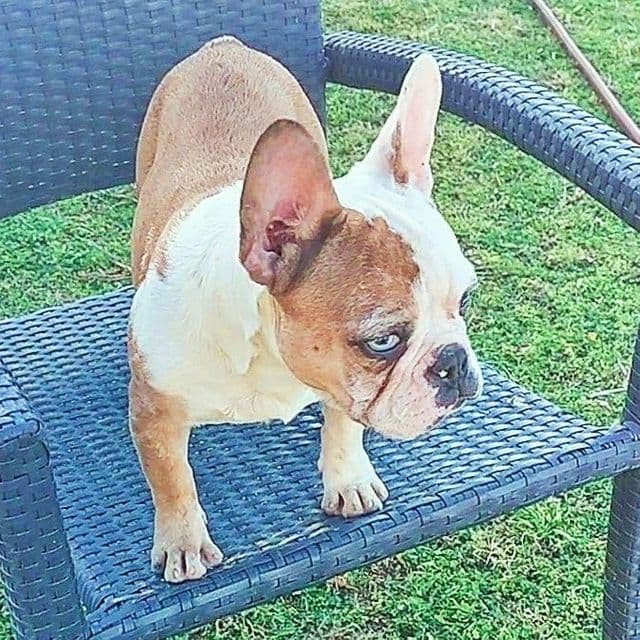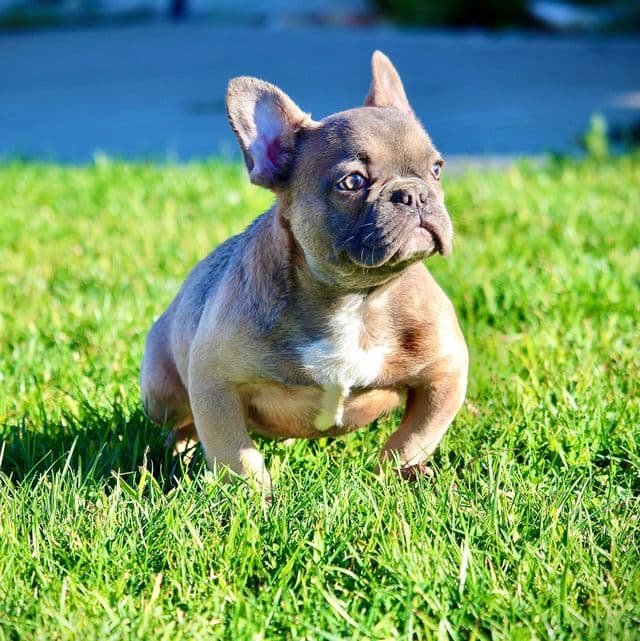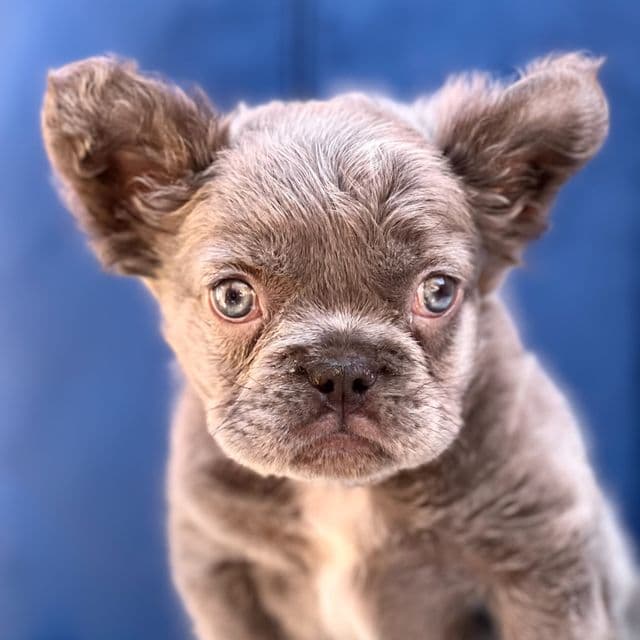Plant Safety: Keeping Your Dog Safe
By Ashley MR · 5 minutes read
Last updated: May 8th, 2025
Thinking about getting a puppy? Spring is actually the most popular time of year for new pups to find their forever homes! Many dog owners love having plants in their homes and gardens this time of year. Knowing that some plants can be dangerous to your furry friend is crucial. This guide from Mawoo Pets will help you identify toxic plants, understand the risks, and create a safe, green space for both you and your dog.
Houseplants: What's Safe and What's Not?
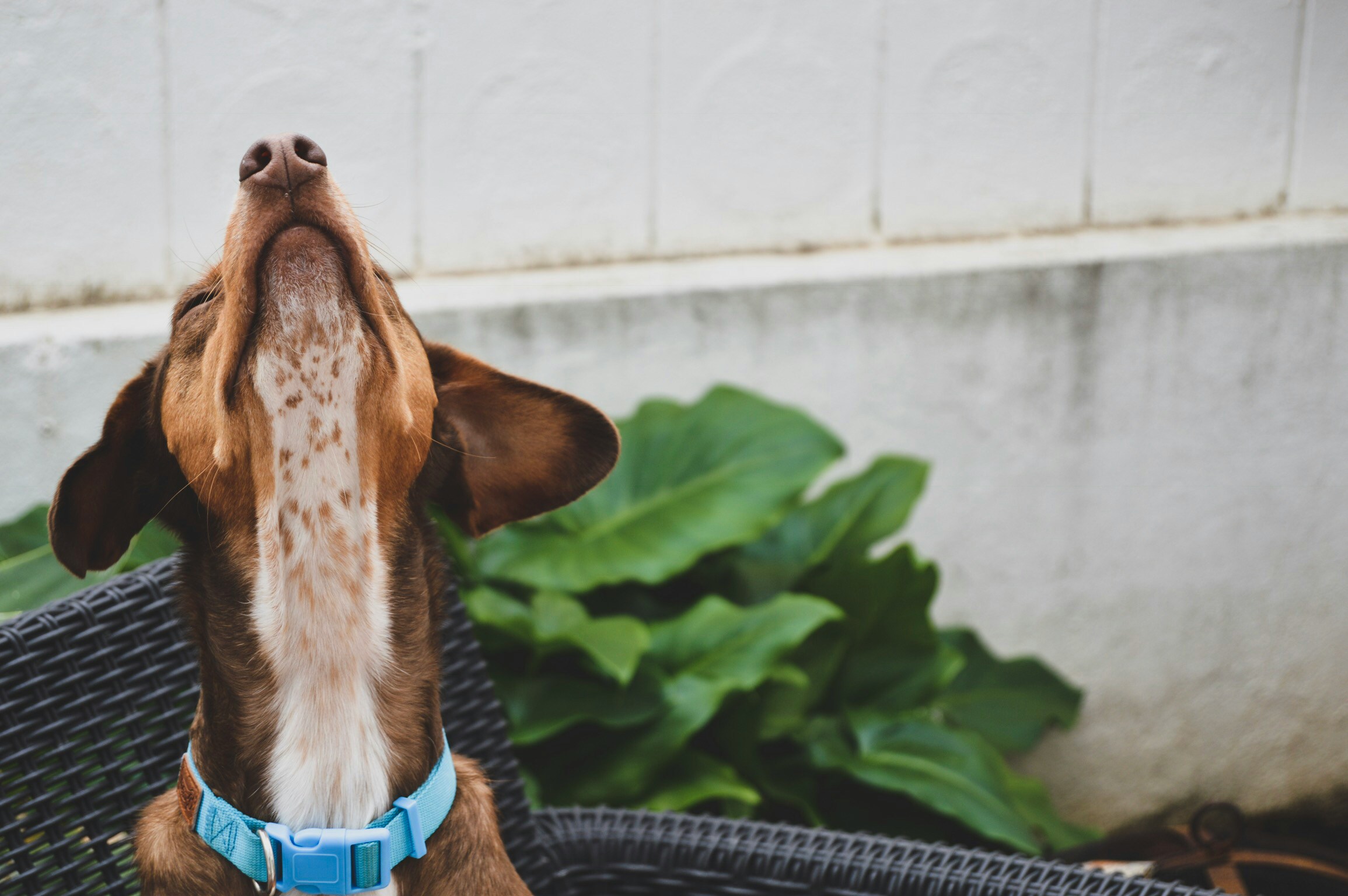
Some common houseplants can cause anything from mild tummy trouble to serious health problems for dogs. Here's a breakdown:
Toxicity Levels in Common Houseplants
| Toxicity Level | Plants to Avoid | Potential Symptoms |
|---|---|---|
| High | Lilies, Dieffenbachia (Dumb Cane), Philodendron, Aloe Vera, Pothos (Devil's Ivy) | Severe digestive issues, mouth irritation, drooling, difficulty swallowing, vomiting, diarrhea |
| Moderate | Snake Plant (Mother-in-Law’s Tongue), ZZ Plant, Fiddle Leaf Fig | Nausea, vomiting, mild digestive issues, skin irritation |
Important Note: If you're unsure about a plant's safety, keep it out of your dog's reach! Consider pet-friendly options like spider plants, Boston ferns, or areca palms.
Garden Dangers: Plants, Fertilizers, and More
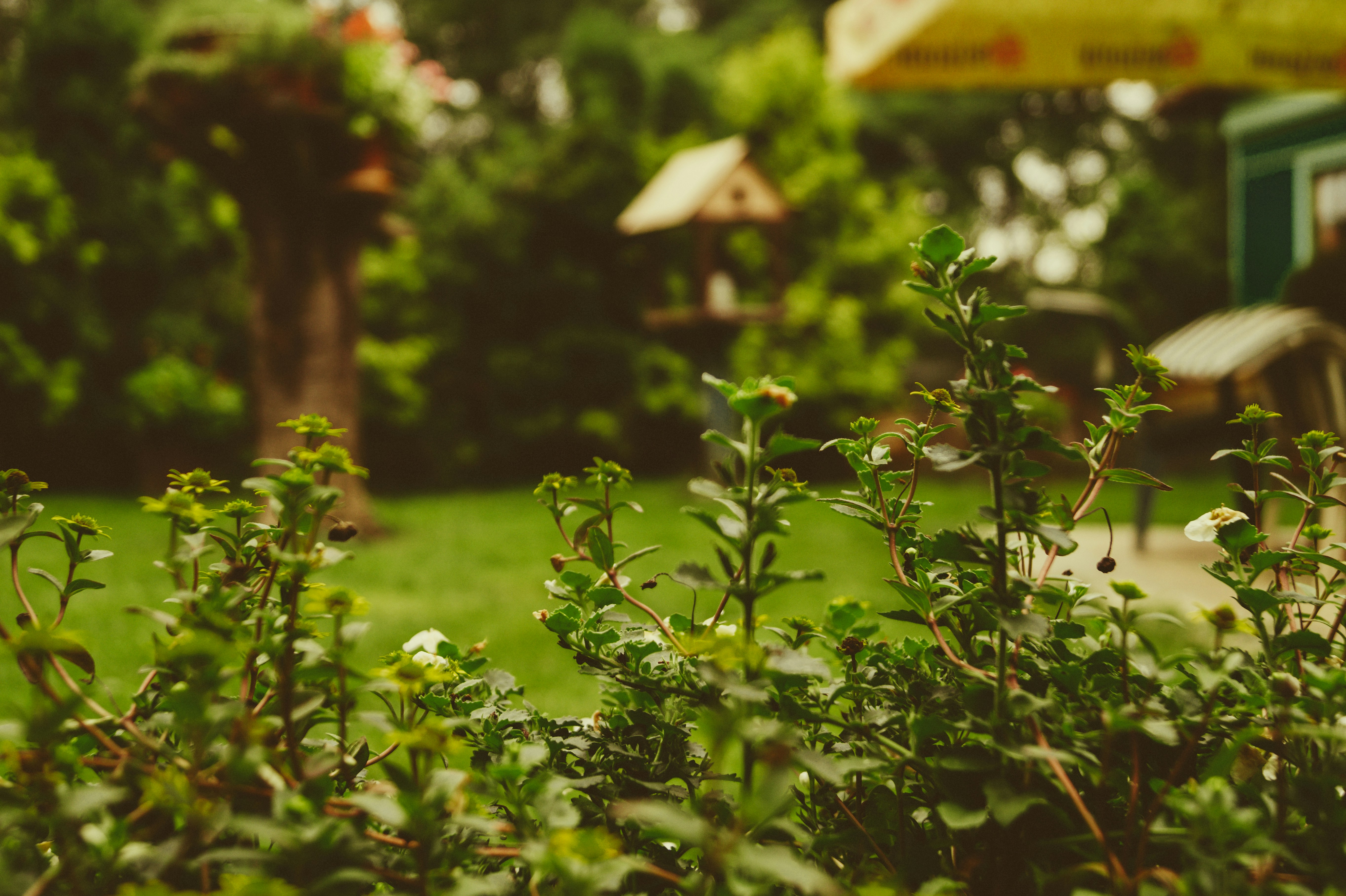
Your garden should be a safe space for your dog. Be aware of these potential hazards:
- Toxic Garden Plants: Azaleas, Rhododendrons, Oleander, Foxglove, Tomato Plants (green parts), Daffodils & Tulips (especially the bulbs). These can cause vomiting, diarrhea, heart problems, and even be fatal.
- Fertilizers and Mulches:
- Cocoa Mulch: Contains theobromine (like chocolate), which is highly toxic to dogs.
- Bone Meal & Blood Meal: Can cause digestive blockages or pancreatitis.
- Chemical Fertilizers & Pesticides: Often contain harmful chemicals that can lead to vomiting, seizures, or worse.
Best Practices: Plants and Dogs Can Coexist!
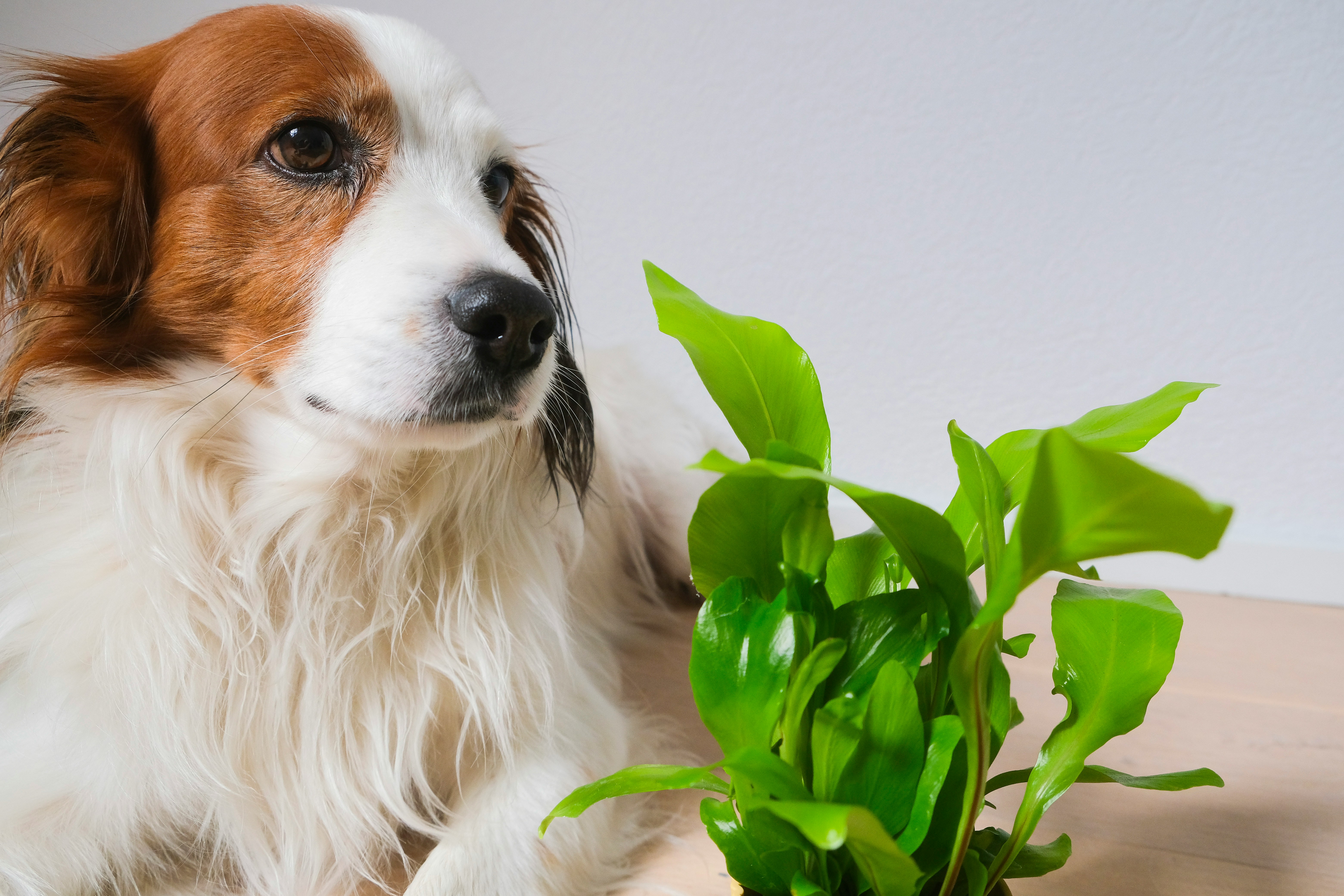
You don't have to choose between plants and a safe dog. Here's how to make it work:
- Elevate and Contain: Use high shelves, hanging planters, or barriers to keep plants out of reach.
- Train Your Dog: Teach commands like "leave it" to discourage plant munching. Reward them for good behavior!
- Choose Dog-Friendly Plants: Replace toxic plants with safe alternatives like spider plants, areca palms, or Boston ferns.
- Be Careful in the Garden: Use organic, pet-friendly fertilizers. Avoid cocoa mulch. Keep compost bins covered.
- Monitor and Act Fast: If you suspect poisoning (vomiting, drooling, difficulty breathing, lethargy), contact your vet immediately.
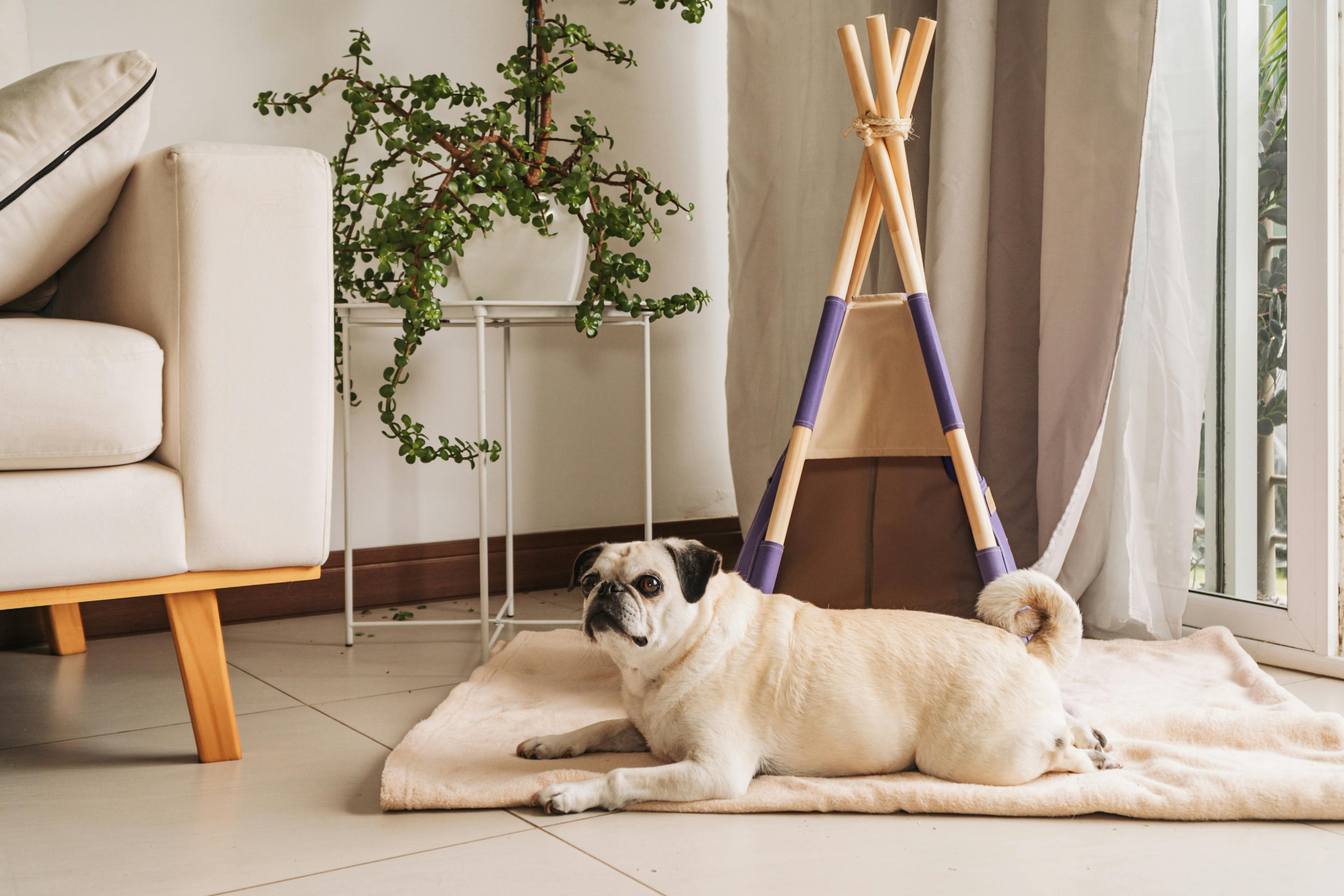
Emergency Poison Control Hotlines:
- ASPCA Animal Poison Control Center: (888) 426-4435 (Consultation fee may apply)
- Pet Poison Helpline: (855) 764-7661 (Consultation fee applies)
FAQ: Plants and Dog Safety
- Q: What are the most common signs of plant poisoning in dogs?
- A: Vomiting, diarrhea, drooling, loss of appetite, lethargy, difficulty breathing, seizures.
- Q: What should I do if I think my dog ate a toxic plant?
- A: Contact your veterinarian or a pet poison control hotline immediately. The sooner you act, the better the outcome.
- Q: Are all fertilizers dangerous for dogs?
- A: No, but many contain harmful chemicals. Always choose pet-safe, organic options.
- Q: Where can I find a list of plants that are safe for dogs?
- A: The ASPCA website has a comprehensive list of toxic and non-toxic plants. You can view it here!
Creating a Harmonious Home
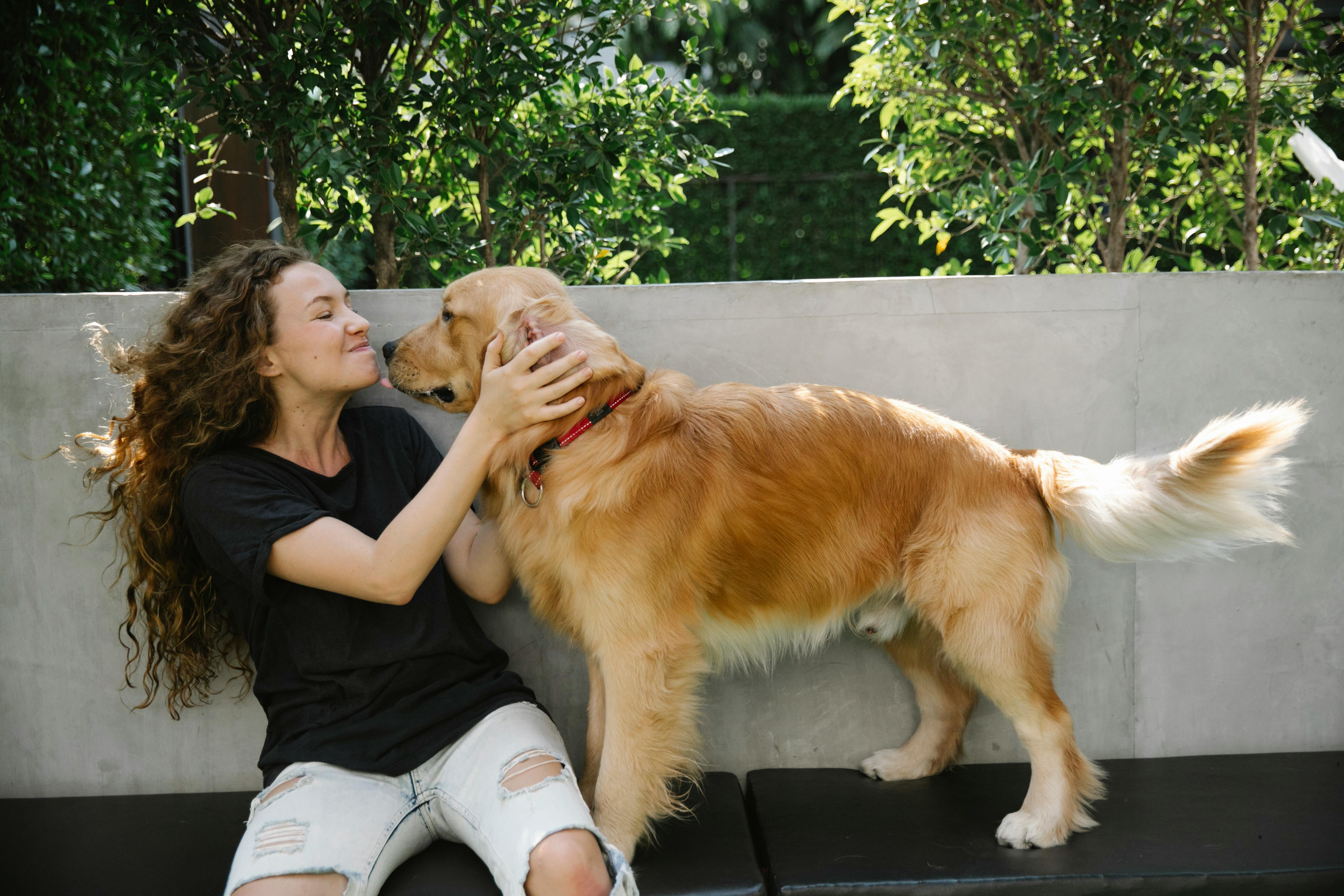
With a little planning, you can have a beautiful, green home and a happy, healthy dog. By knowing the risks, choosing safe plants, and taking precautions, you can enjoy the best of both worlds! Visit Mawoo Pets for more tips on pet safety and care!
Related articles
Related puppies for sale
Any questions? Get in touch!
We are here to support you every step of the way. Our concierge service is here daily to answer your questions!
Chat or speak with our team Mon-Sat 9a-9p ET.


